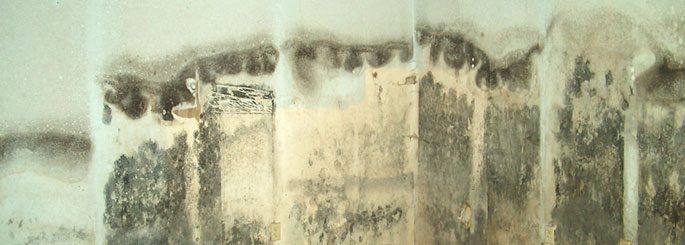Mold and your home – what you should know

The Florida Department of Health in Lee County (DOH-Lee) has addressed some of the most common questions concerning indoor mold.
How can I tell if there is mold in my home?
· Search areas where you notice mold odors, and if you smell an earthy or musty odor, you may have a mold problem.
· Indoor mold growth can usually be seen or smelled.
· Look for visible mold growth, as it may appear cottony, velvety, rough or leathery and have different colors like white, gray, brown, black, yellow or green.
· Mold often emerges as a staining or fuzzy growth on furniture or building materials, such as walls, ceilings or anything made of wood or paper.
· Look for signs of moisture or water damage, such as water leaks, standing water, water stains and condensation. Check around air handling units, such as air conditioners and furnaces, for standing water.
Who is most affected by mold?
Infants, young children, older adults, people with chronic respiratory conditions and people with weakened immune systems may be affected sooner and more severely than others by mold in the home. You should consult a healthcare provider if you feel your health has been affected by indoor mold.
What health problems can be caused by mold?
There are four kinds of health problems that come from exposure to mold: allergic illness, irritant effects, infection and toxic effects. For people who are sensitive to molds, symptoms may occur such as nasal and sinus irritation or congestion, dry hacking cough, wheezing, skin rashes or burning, or watery, reddened eyes.
People with severe allergies to molds may have more serious reactions, such as hay fever-like symptoms. People with weakened immune systems may be more likely to get infections from certain molds, viruses and bacteria. Molds can also trigger asthma attacks or cause development of asthma.
Headaches, memory problems, mood swings, nosebleeds and body aches and pains are sometimes reported in mold complaints. The long-term presence of indoor mold may eventually become a problem. Please note, that allergic reactions to mold are common and can be immediate or delayed.
How should mold be cleaned?
Mold should be cleaned as soon as it appears. Persons who clean mold should not be in one of the risk groups noted above. Do not use ozone generators. Protective gloves and safety goggles should be worn during cleaning Small areas of mold should be cleaned using detergent/soapy water or a commercial mildew or mold cleaner.
The cleaned area should be thoroughly dried. Throw away any sponges or rags used to clean mold. If the mold returns quickly or spreads, it may mean you have an underlying problem, such as a water leak.
If there is a lot of mold growth, consult the U.S. Environmental Protection Agency’s (EPA) booklet, “Mold Remediation in Schools and Commercial Buildings.” Although written about schools and commercial buildings, this document addresses mold in other types of buildings. If the moldy material is not easily cleaned, such as drywall, carpet padding and insulation, removal and replacement may be necessary.
Who should do the cleanup?
One consideration is the size of the mold problem. If the moldy area is less than 10 square feet, which is less than a 3-foot by 3-foot patch, cleanup can be handled yourself. However, if there has been significant water damage and/or mold growth covers more than 10 square feet, consult the EPA booklet referenced above.
If you choose to hire a contractor, consider someone licensed by the State of Florida. The license for a mold assessor or mold remediator can be checked by using the “VERIFY A LICENSE” link at the Florida Department of Business and Professional web page. Check references and ask the contractor to follow current recommendations by EPA and the guidelines of the American Conference of Governmental Industrial Hygienists (ACGIH) or other professional or government organizations.
If you think the air conditioning or heating system has been affected, check the EPA’s guidance documents under “Should You Have the Air Ducts in Your Home Cleaned?”. Consult a licensed air-conditioning or mechanical contractor for additional information.
Who can I call if I want more information on mold?
For additional information, call DOH-Lee’s Environmental Health Office at 239-690-2100 or the Florida Department of Health’s (DOH’s) Radon and Indoor Air Program at 800-543-8279. They can provide guidance and advice on prevention, identification of mold problems, investigation techniques, cleanup methods, disaster planning and messaging, health effects including possible hazards of mold exposure, and they can direct concerned people to appropriate local resources.
Where can I obtain additional information?
More information on mold can be found through the U.S. Department of Health and Human Services, Centers for Disease Control and Prevention (CDC), the University of Central Florida, Florida Solar Energy Center, or the Florida Department of Health Indoor Air webpages.









